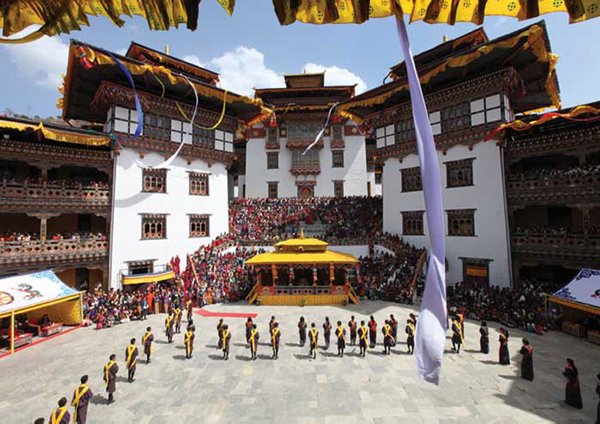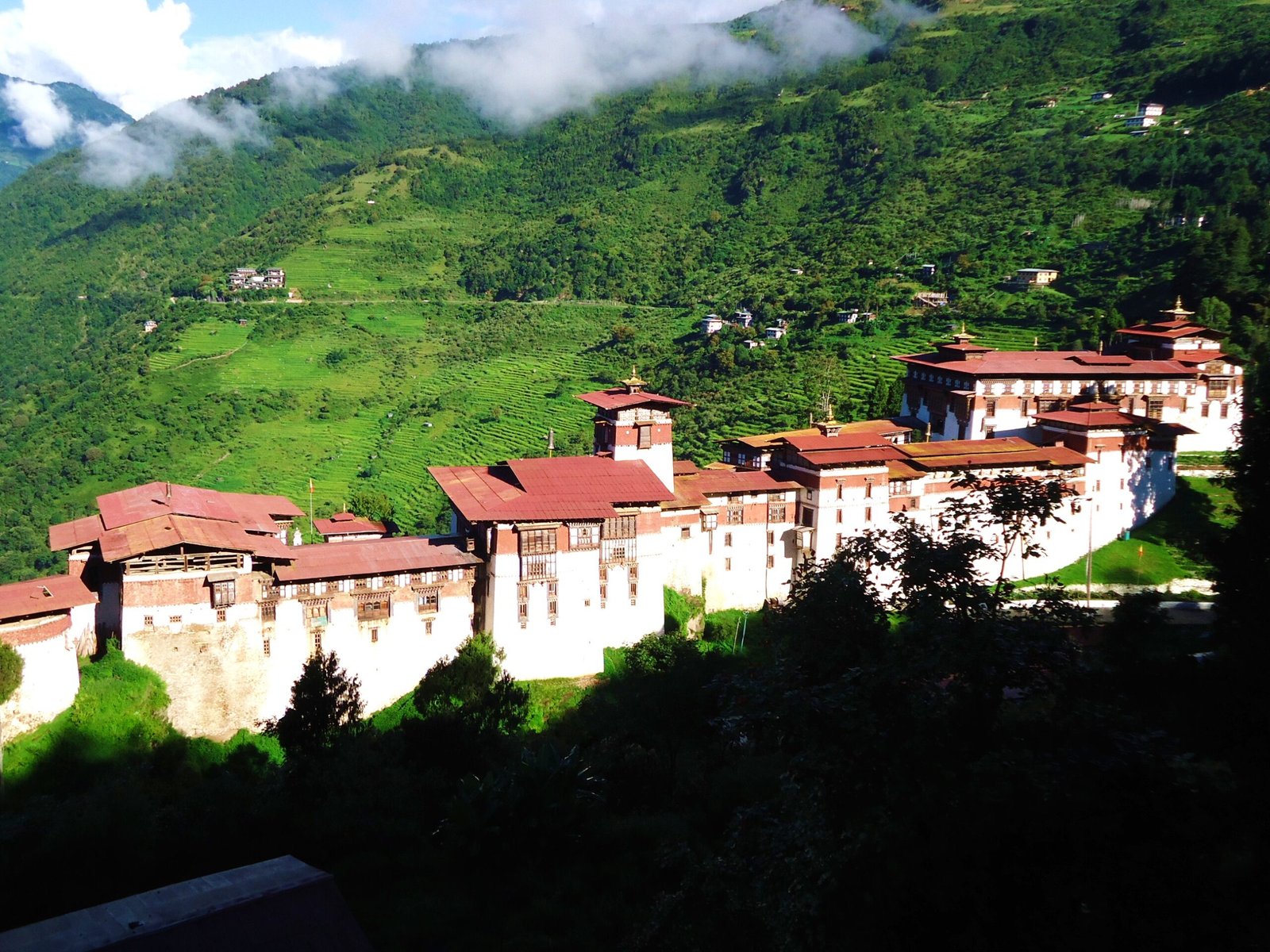
Trashigang Tshechu
Trashigang , BhutanThe Trashigang Tshechu, held annually in Trashigang, stands as one of eastern Bhutan's largest festivals, drawing attendees from across the region. Among the vibrant crowd, the Brokpas, the nomadic community of Merak and Sakteng, captivate with their distinctive attire and appearance. The festival features a rich tapestry of sacred mask dances, complemented by traditional folk songs and dances, culminating in the unveiling of the thongdrel, a grand tapestry depicting Guru Tshengyed and another showcasing Neten Chudrug for public viewing. Trashigang Tshechu is not merely a cultural event; it's a deeply significant religious and cultural celebration that unites communities in spiritual reverence and festive joy. Engaging in the festivities offers an immersive experience into Bhutan's spiritual and cultural legacy, fostering connections with both tradition and community.







